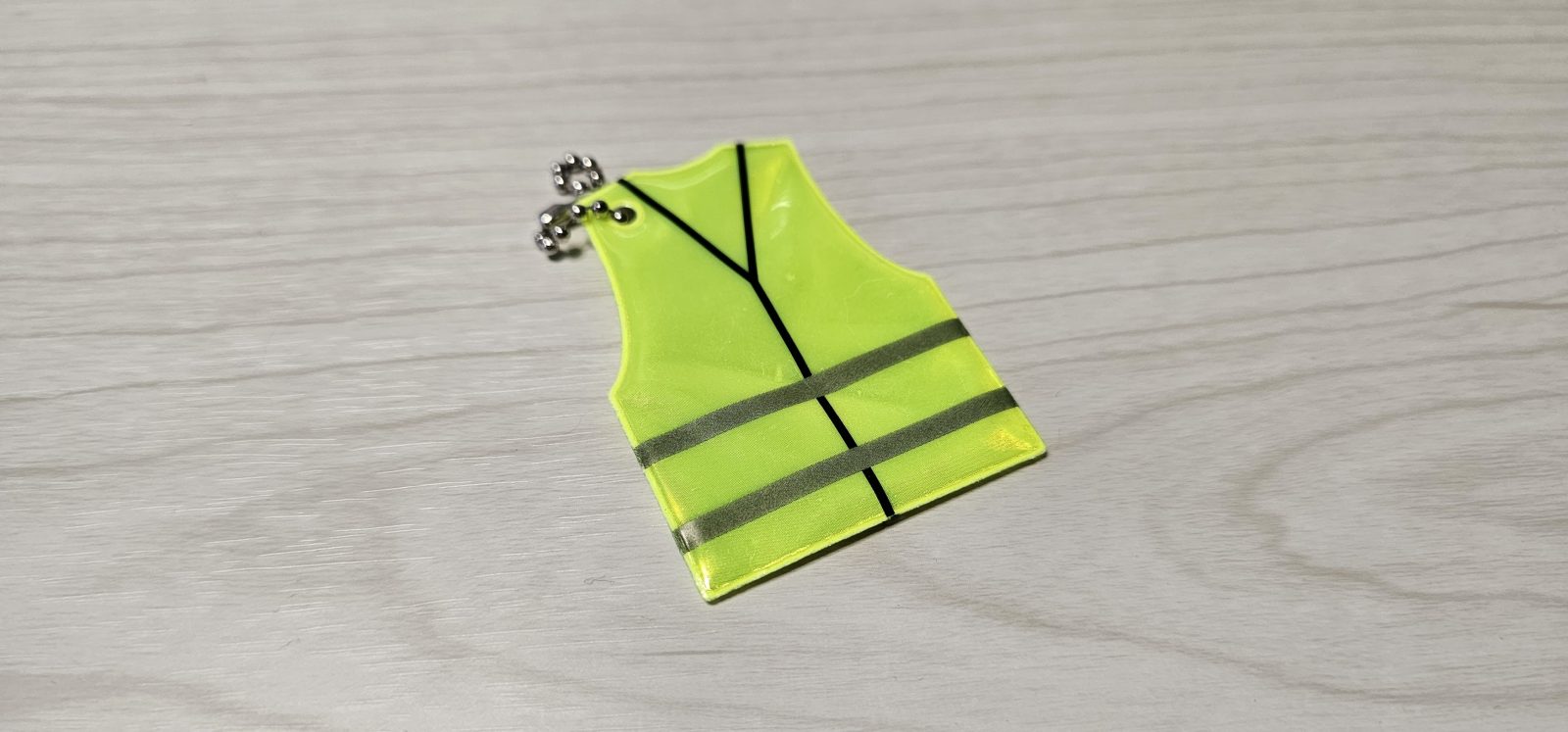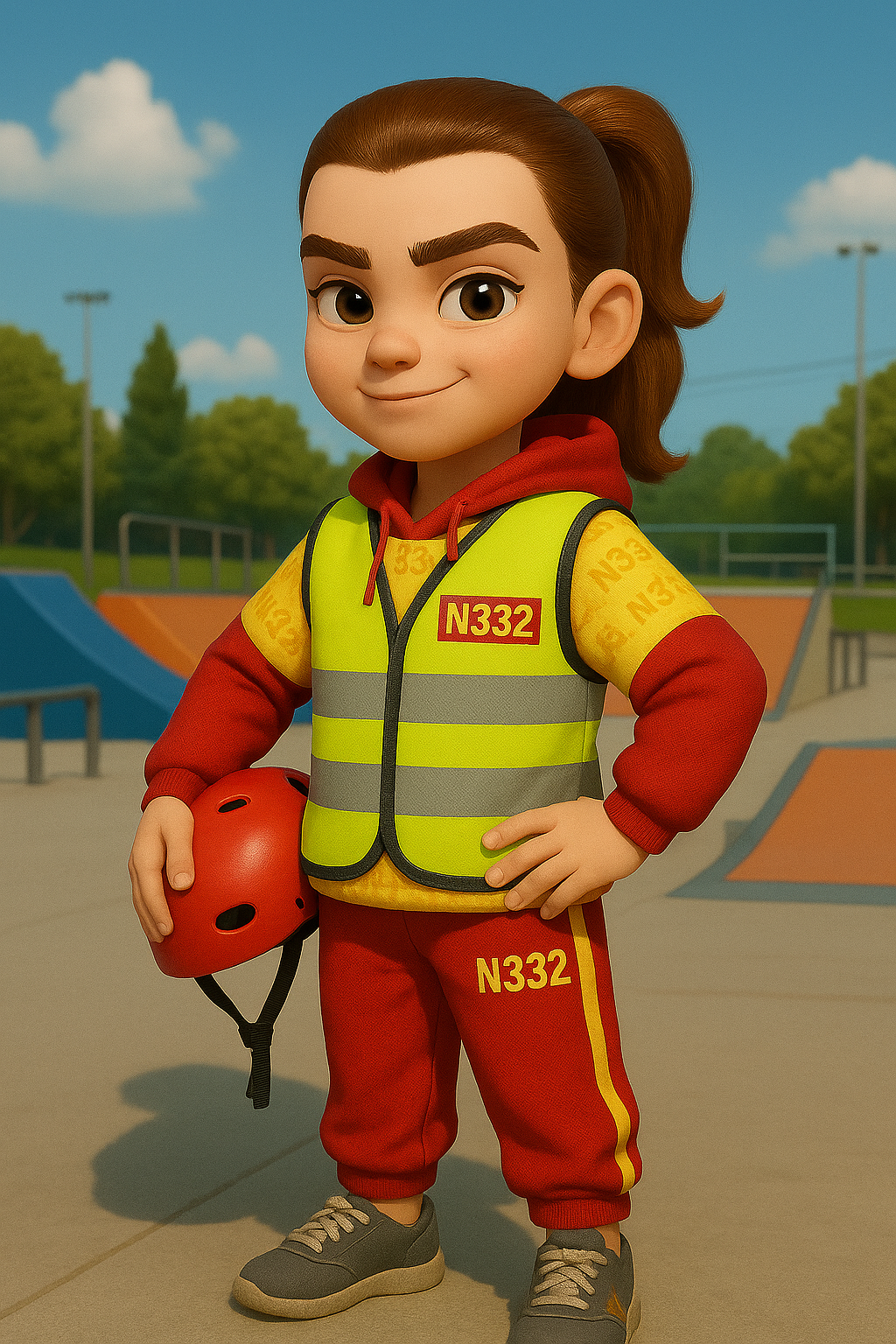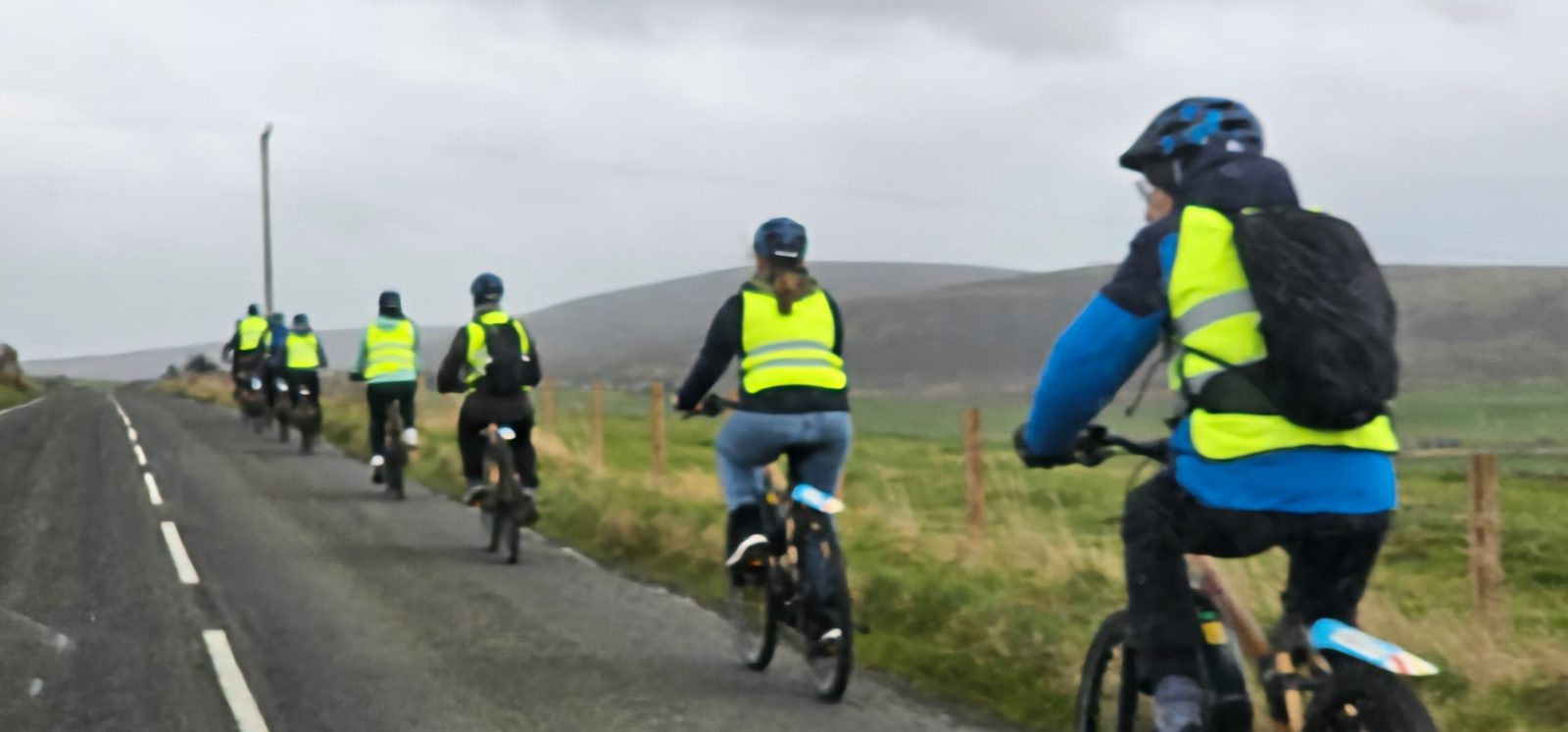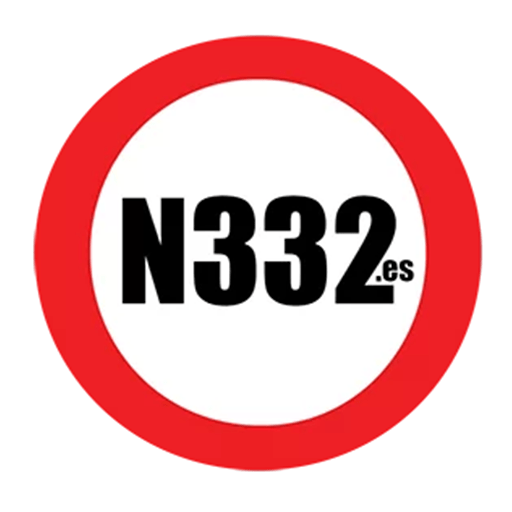When the evenings draw in, many drivers underestimate just how rapidly visibility can deteriorate. One minute the road ahead seems clear; the next, a cyclist or pedestrian emerges from the shadows, leaving only seconds to react.
In Spain, where the weather can change quickly in autumn and winter, visibility is not just about how well you can see — it is about how well others can see you. According to the Dirección General de Tráfico (DGT), a high number of serious collisions occur in low-light conditions, particularly between 18:00 and 21:00, when traffic levels remain high but daylight has faded.
Contents
Hi-Visibility Clothing Saves Lives
For pedestrians, cyclists, and scooter riders, reflective or fluorescent clothing is the simplest way to reduce risk. Even a small reflective band can make a person visible from over 150 metres away under headlights. The DGT recommends that anyone walking or cycling outside built-up areas at night must wear a reflective vest or accessory — not just as a good idea, but as a legal requirement.
Children are especially vulnerable. Many schools now encourage reflective strips on rucksacks and shoes, yet parents should go further by choosing light-coloured coats or jackets for the darker months. For scooter and e-bike users, adding reflective stickers to helmets and frames increases visibility from multiple angles.
Drivers Have Responsibilities Too
Drivers must also play their part. Keep windscreens clean, headlights correctly adjusted, and never assume that street lighting is sufficient to spot a pedestrian. When approaching zebra crossings, slow down early, particularly where lighting is poor or where pedestrians might appear from behind parked cars.
The use of dipped headlights in poor light or rain is not optional — it is essential. Daytime running lights, fitted to many modern vehicles, do not always illuminate the rear lamps, leaving a car virtually invisible from behind after dark. Always check that both front and rear lights are active.
Awareness Works Both Ways
Visibility is about awareness, not just equipment. Drivers, riders, and pedestrians must all anticipate that others may not see them. Simple gestures such as making eye contact at crossings or wearing a bright scarf can make a vital difference.
As the DGT reminds us, visibility is the foundation of road safety. The clearer we can be seen, the more time others have to react — and that can be the difference between a close call and a collision.



Discover more from N332.es - Driving In Spain
Subscribe to get the latest posts sent to your email.

You must be logged in to post a comment.